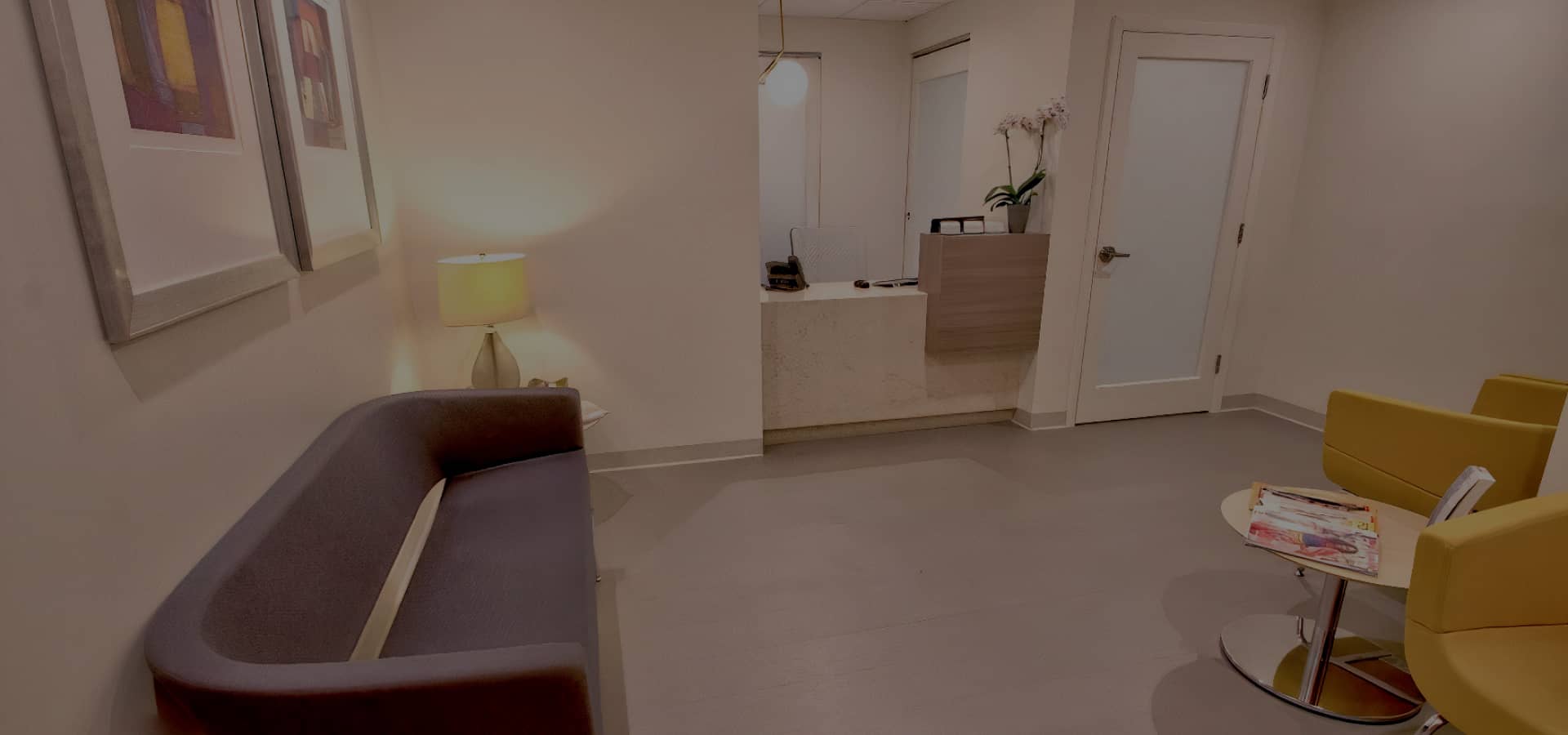Interested in eyelid surgery but unsure about the best method for you? Traditional and laser blepharoplasty are two highly popular procedures that can improve visual function and give your upper face a youthful appearance. This article aims to provide insight into the distinguishing features, procedures, and pros and cons of traditional and laser blepharoplasty. So, keep reading to find the most suitable fit for you!
Introducing Traditional and Laser Blepharoplasty
When it comes to correcting droopy eyelids, there are two main types of eyelid surgery: traditional blepharoplasty and laser eyelid surgery. Traditional upper eyelid surgery involves making incisions to remove excess skin and fat, thus tightening the eyelid. The laser method, however, utilizes a concentrated beam of light to perform the same procedure without the need for traditional surgery. Both techniques aim to enhance the appearance of the eyes and improve any impairments to vision caused by sagging eyelids.
Comparative Criteria: Procedure and Technique
In traditional eyelid surgery, the procedure requires an incision along the eyelid crease, enabling the removal or repositioning of excess skin, muscle, or fat. This surgical procedure leaves a visible scar, requiring extended recovery time than modern techniques. On the other hand, the laser blepharoplasty procedure technique disrupts fat without an external incision. In this cosmetic procedure, the laser serves two main functions: precision cutting and coagulation. This eliminates visible external scars and generally results in faster recovery.
Comparing these techniques,
| Traditional Eyelid Surgery | Laser Blepharoplasty Procedure | |
|---|---|---|
| Procedure | Incision -based | Laser-based |
| Recovery Time | Longer | Shorter |
| Visible Scarring | Yes | No |
Traditional Blepharoplasty Procedure
The traditional eyelid lift procedure is initiated by a facial plastic surgeon making careful incisions in the crease of the upper eyelid, behind the Eyelashes, or inside the eyelid. The goal is to discreetly conceal any resulting scars. The surgeon then removes or repositions excess skin and tissues to rectify drooping eyelids and reduce puffiness.
In cases of severe drooping, more tissues and loose skin are eliminated, particularly from the upper eyelid skin. This technique restores the functionality of the eyelid and enhances aesthetic appeal. The incisions are subsequently closed using stitches or skin glue, followed by proper bandaging.
It’s worth noting that traditional eyelid surgery generally requires local anesthesia and sedation or, in certain cases, general anesthesia.
Laser Blepharoplasty Procedure
Laser blepharoplasty brings precision to eyelid surgery. In this procedure, a laser works as a cutting tool, making precise incisions and reducing the chances of damage to surrounding tissues and blood vessels. The laser, due to its high precision, leaves less bruising and swelling compared to traditional surgeries.
During the laser blepharoplasty treatment, the laser helps seal blood vessels, minimizing the risk of bleeding and post-surgery vision changes. Occasionally, some patients might experience temporary blurred vision post-surgery, but it usually corrects itself within a few days. Laser eyelid surgery emphasizes both functional and cosmetic advantages, thereby improving not just vision, but the overall appearance as well.
The laser blepharoplasty procedure underscores the importance of using advanced tools to create an enhanced version of traditional blepharoplasty surgery, benefitting patients with precision, lesser recovery time, and optimal results.
Recovery and Downtime
The recovery period following traditional and laser blepharoplasty involves downtime that varies for each procedure. Generally, laser procedures present a faster recovery time due to their less invasive nature, with minimal downtime required. This allows patients to return to normal activities quicker. The risk of bruising also varies, with traditional methods often resulting in more noticeable bruising. Regardless of the procedure, recovery requires several post-operative appointments for monitoring.
| N# | Traditional Procedure | Laser Procedure |
|---|---|---|
| 1 | Longer recovery period | Faster recovery time |
| 2 | More downtime | Minimal downtime |
| 3 | More noticeable bruising | Less bruising |
| 4 | Multiple post-operative appointments | Fewer appointments |
| 5 | Return to normal activities takes longer | Quick return to normal activities |
Unique Aspects of Each Technique
Traditional surgery for cosmetic procedures, such as addressing wrinkles and removing excess muscle tissue, comes with specific benefits. It provides more control over the body parts being worked on, but the risk of scarring is higher due to invasive techniques such as wound contraction. On the other hand, drawbacks include the risks involved and more extended recovery periods.
Unlike traditional techniques, the unique aspect of laser procedures is the minimal invasiveness, mitigating issues such as scarring and wound contraction. While it is an optimal method for delicate areas, laser procedures may not be as effective in cases where deeper tissue manipulation is required.
Unique Aspects of Traditional Blepharoplasty
Traditional Blepharoplasty is a surgical procedure that must be conducted by an experienced surgeon. This method allows for the removal of excess skin and reshaping of the tissues around the eyes. The surgeon skillfully adjusts the skin, muscle, and sometimes fat to reduce a tired appearance, renewing a youthful look.
Key to this method is the precision that the cosmetic surgeon applies when dealing with delicate areas near the eyes. Blood vessels, essential to the body, are cautiously maneuvered around to minimize bruising. The manual application offers a customized approach based on medical conditions and individual characteristics.
Traditional Blepharoplasty captures the beautifying potential of personalized human skill and finesse, but it may lead to longer recovery periods due to its invasive nature.
Unique Aspects of Laser Blepharoplasty
Laser blepharoplasty boasts unique features such as precision and faster recovery. The laser tool allows for delicate and targeted incisions, which results in less bruising and a shortened recovery period compared to traditional methods. Since the laser cauterizes blood vessels, there are fewer issues with bleeding during the procedure.
As a result, the appearance post-surgery is usually cleaner, reducing the time for the healing process. Therefore, meeting aesthetic goals via laser blepharoplasty is often achievable in a fraction of the expected time. However, as with any surgical process, there exists a potential for complications that patients should consider before choosing this procedure.
On the contrary, the potential risks include burns from the laser, an allergic reaction to the anesthetic, or complications from the cosmetic surgery itself. Patients should discuss these risks with their physician before selecting the best method for their needs.
Final Thought on Traditional vs. Laser Blepharoplasty
Weaving together information previously discussed, your goals and issues with your appearance largely determine the optimal procedure. Traditional Blepharoplasty, a surgical procedure fundamentally tackling serious issues, may be preferred for those seeking dramatic results. Conversely, Laser Blepharoplasty presents a well-appointed non-surgical alternative to eyelid surgery for those desiring subtle changes with less downtime.
In terms of developing a personalized treatment plan, it’s paramount to consider how the Laser enhances precision, potentially leading to improved outcomes, specifically around delicate eye regions. Ultimately, the key to a successful Blepharoplasty lies in aligning your objectives with the most suited technique and a capable facial plastic surgeon.
It’s, therefore, crucial to making an informed decision between these two types of Blepharoplasty, taking into account both their unique benefits and potential drawbacks.
When considering any surgical procedure, it’s crucial to seek expert opinion. Consulting with a professional like Dr. Anthony Bared, who bears profound knowledge and experience in the field, can guide you to a decision that best matches your unique needs. Trust his expertise to help you explore the best path forward for your eyelid rejuvenation.

